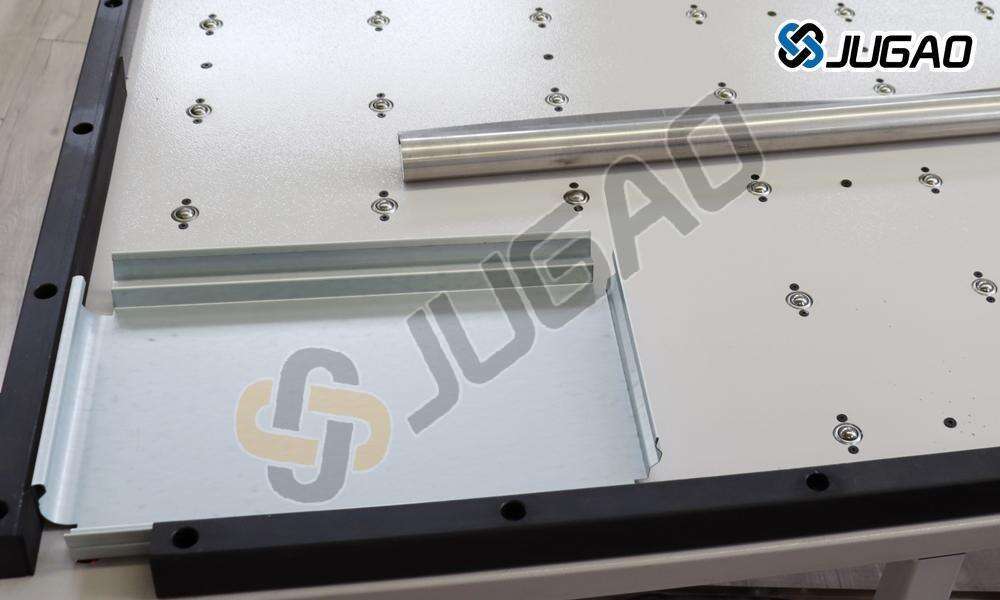Outils et accessoires courants pour machines de pliage : Guide technique complet
Les machines de pliage sont essentielles dans la fabrication métallique, permettant un pliage précis des tôles et d'autres matériaux. Pour obtenir des performances optimales, divers outils et accessoires sont utilisés en complément de ces machines. Ce document présente un aperçu détaillé des outils et accessoires les plus couramment utilisés pour les machines de pliage, de leurs fonctions et des meilleures pratiques pour leur utilisation.
Outils essentiels pour les machines de pliage
1. Matrices de plieuse (Jeux d'outils)
Les matrices de plieuse sont essentielles pour former les feuilles métalliques selon les formes désirées. Elles se composent de :
Poinçon (Matrice supérieure) : La composante mâle qui applique la force sur la pièce à usiner.
Matrice (Matrice inférieure) : La composante femelle qui donne la forme au métal.

Types courants de matrices :
Matrices en V : Utilisées pour les plis standards (par exemple, angles à 90°).
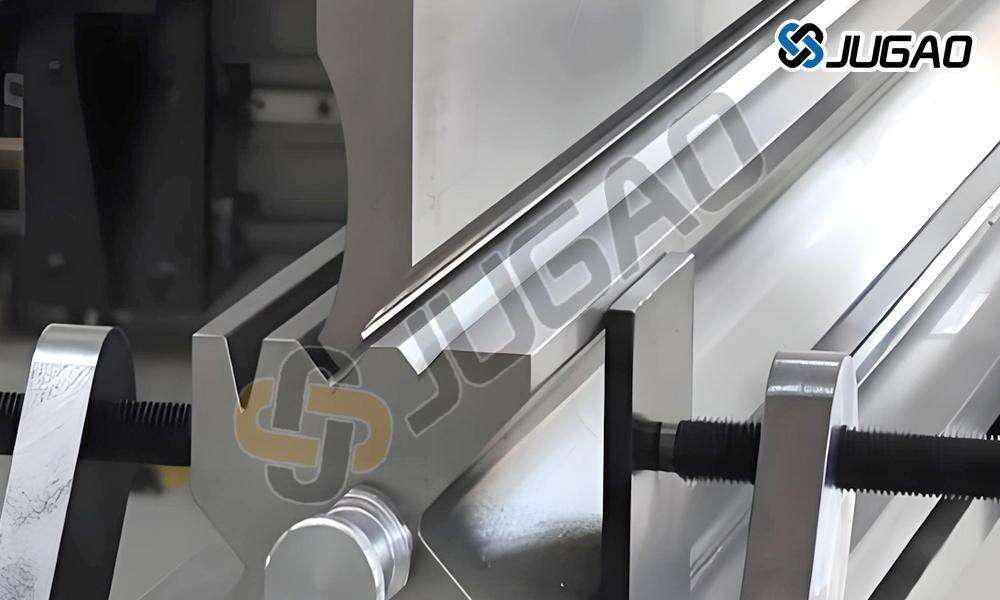
Matrices à col de cygne : Permettent de réaliser des retours de bride profonds.
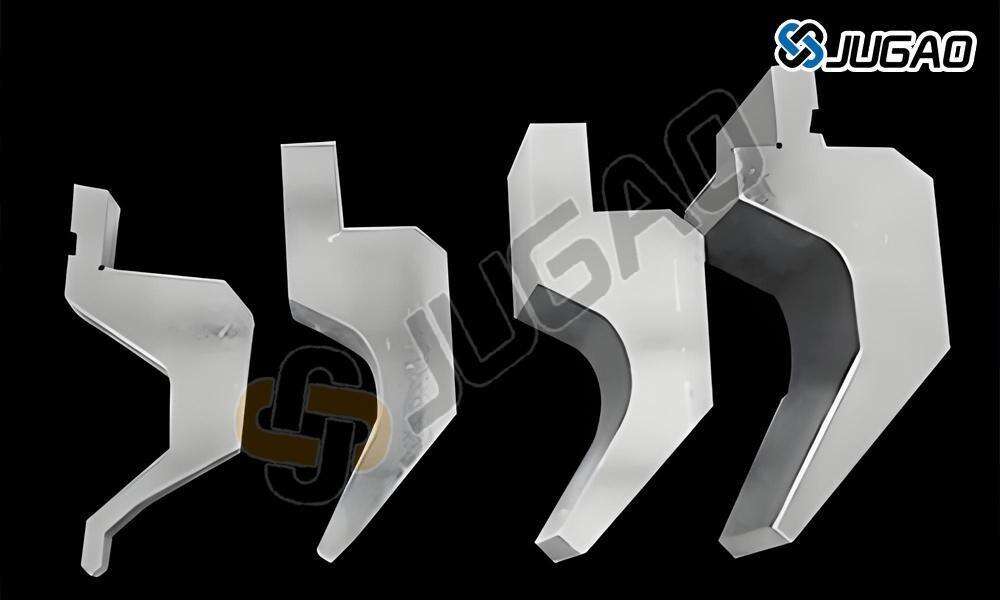
Matrices à angle aigu : Pour des plis plus prononcés que 90°.
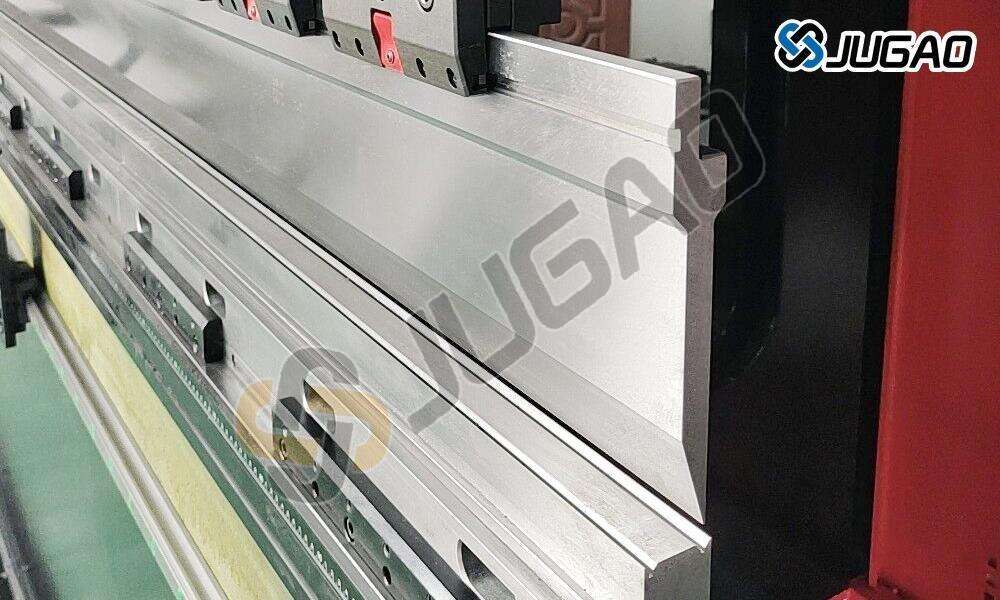
Matrices à ourlet : Créent des bords repliés pour des coutures renforcées.

Matrices à rayon : Pour des plis courbés au lieu d'angles vifs.
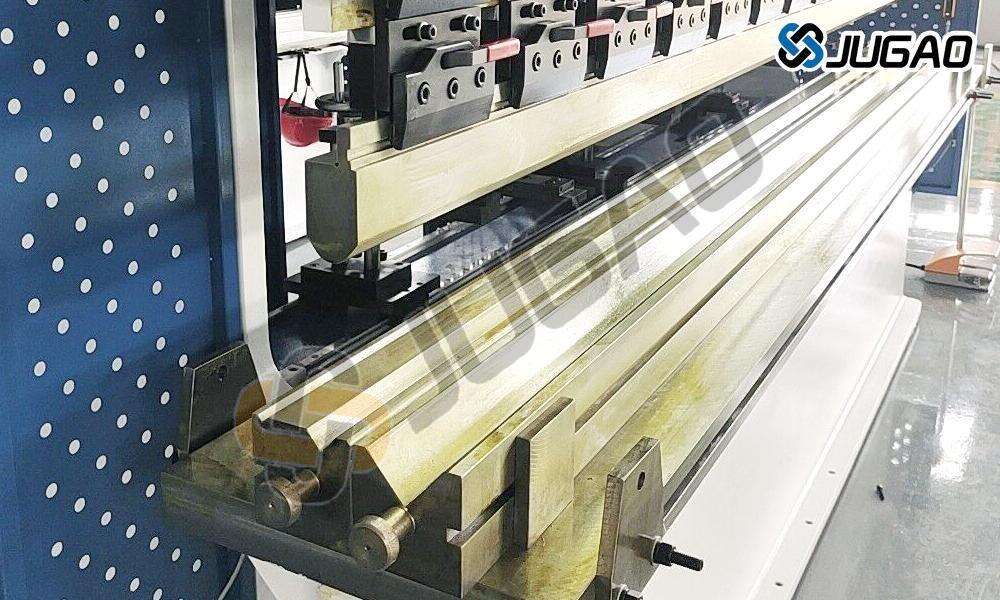
2. Butées arrière
Les butées arrière assurent un positionnement précis de la pièce avant le pliage. Les butées arrière modernes, contrôlées par CNC, améliorent la précision et la répétabilité.
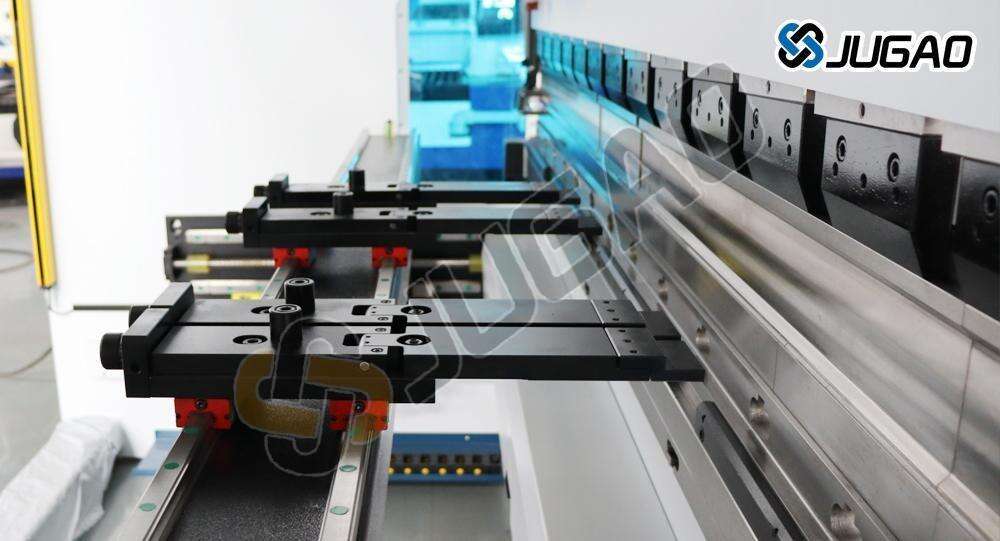
3. Systèmes de compensation de flexion
Afin de compenser la flexion de la presse-plieuse, les systèmes de compensation (manuels ou automatiques) ajustent le lit pour maintenir une force de pliage uniforme sur toute la longueur de la pièce.
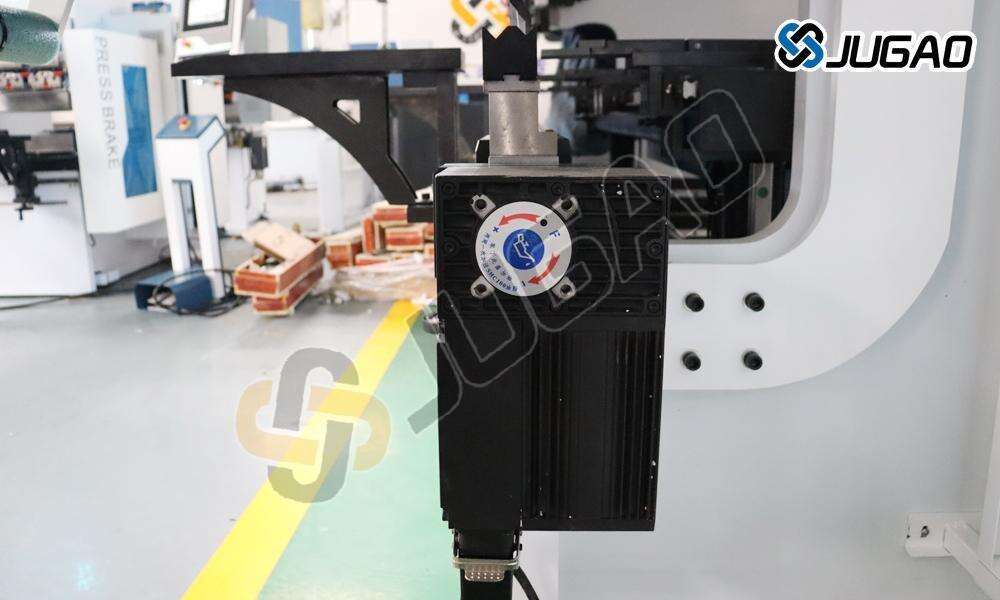
4. Porte-outils et colliers de serrage
Ils maintiennent en place le poinçon et la matrice, assurant ainsi la stabilité pendant le fonctionnement. Les systèmes à changement rapide permettent des échanges plus rapides des outils.
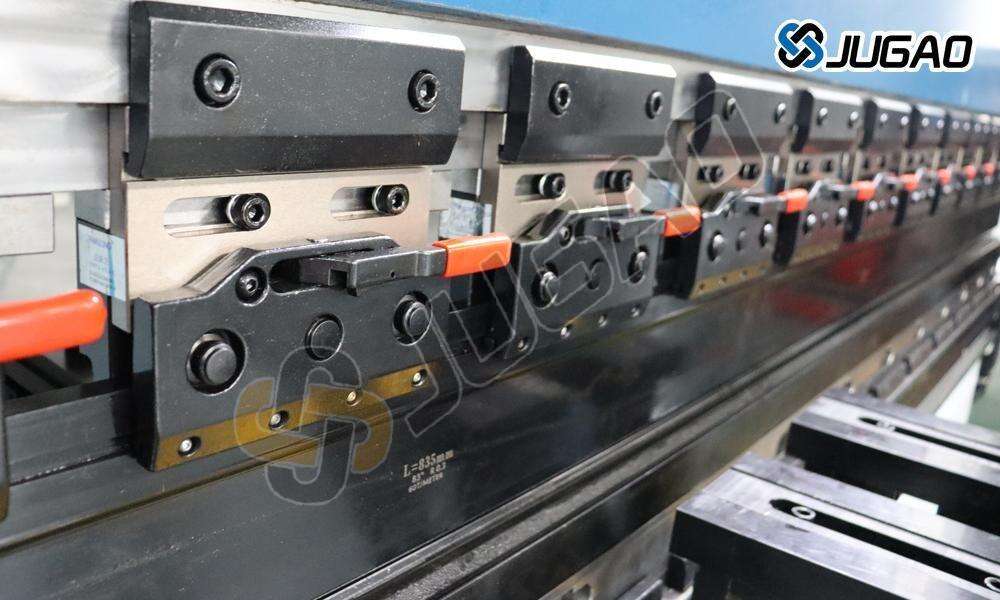
Principaux accessoires pour machines de pliage
1. Protections digitales et systèmes laser de sécurité
Préviennent les blessures de l'opérateur en détectant la présence des mains près de la zone de pliage.

2. Appareils de mesure d'angle
Rapporteurs numériques : Mesurent les angles de pliage avec une grande précision.
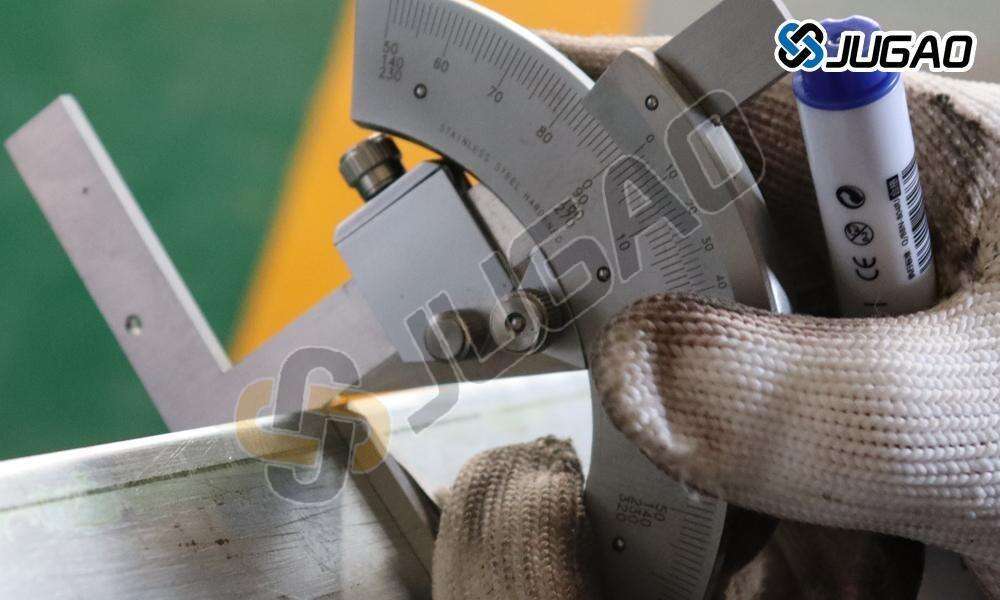
Capteurs d'angle (intégrés au CNC) : Fournissent un retour en temps réel pour des ajustements automatisés.
3. Supports et soulèveurs de tôles
Aident à manipuler de grandes ou lourdes tôles, réduisant ainsi la fatigue de l'opérateur.
4. Systèmes hydrauliques et de commande CNC
Contrôleurs CNC : Programmer et automatiser les séquences de pliage.
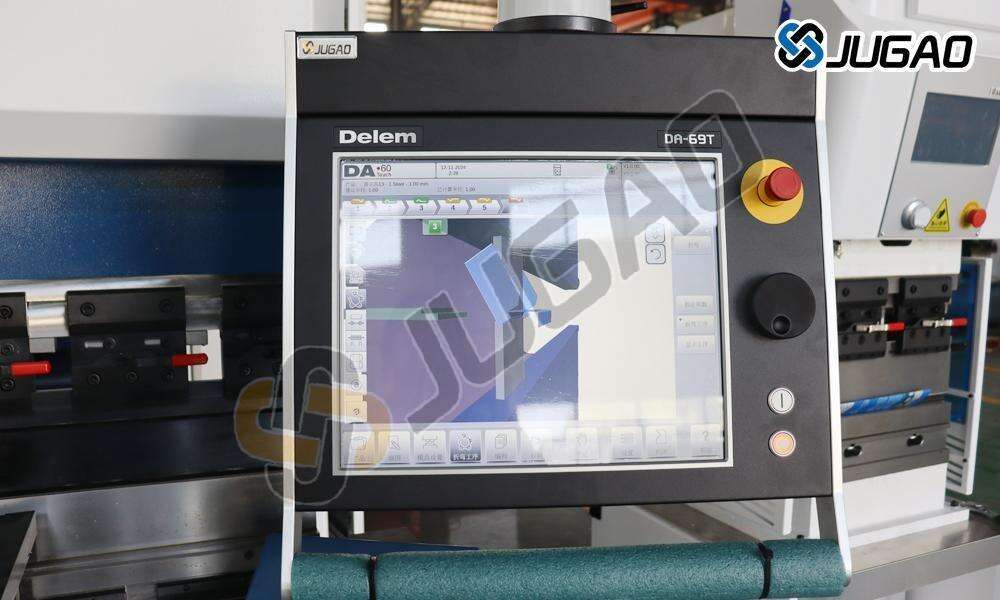
Systèmes à Pression Hydraulique : Garantir une application de force constante
5. Projecteurs de Ligne de Pliage Laser ou LED
Projeter une ligne visible sur la pièce, améliorant ainsi la précision de l'alignement.
6. Enceintes de Réduction du Bruit
Réduire au minimum le bruit en milieu de travail généré par les opérations de pliage.
Critères de Sélection des Outils et Accessoires de Pliage
Lors du choix des outils et accessoires, prendre en compte :
Épaisseur et Type de Matériau (acier, aluminium, etc.)
Exigences en Termes d'Angle et de Rayon de Pliage
Compatibilité de la machine (tonnage, longueur du lit)
Volume de production (séries importantes contre travaux sur mesure)
Besoin d'automatisation (CNC contre fonctionnement manuel)
Maintenance et bonnes pratiques
Inspection régulière : Vérifier les poinçons pour usure, fissures ou déalignement.
Lubrification adéquate : Réduit le frottement et prolonge la durée de vie des outils.
Stockage correct : Organiser les outils pour éviter les dommages.
Formation des opérateurs : Garantir une utilisation sûre et efficace des accessoires.
Conclusion
La sélection et l'utilisation appropriées des outils et accessoires de pliage influencent grandement la précision, l'efficacité et la sécurité dans la fabrication métallique. En comprenant les différents types de poinçons, de jauges et de systèmes de support, les fabricants peuvent optimiser leurs opérations de pliage pour obtenir des résultats supérieurs.
